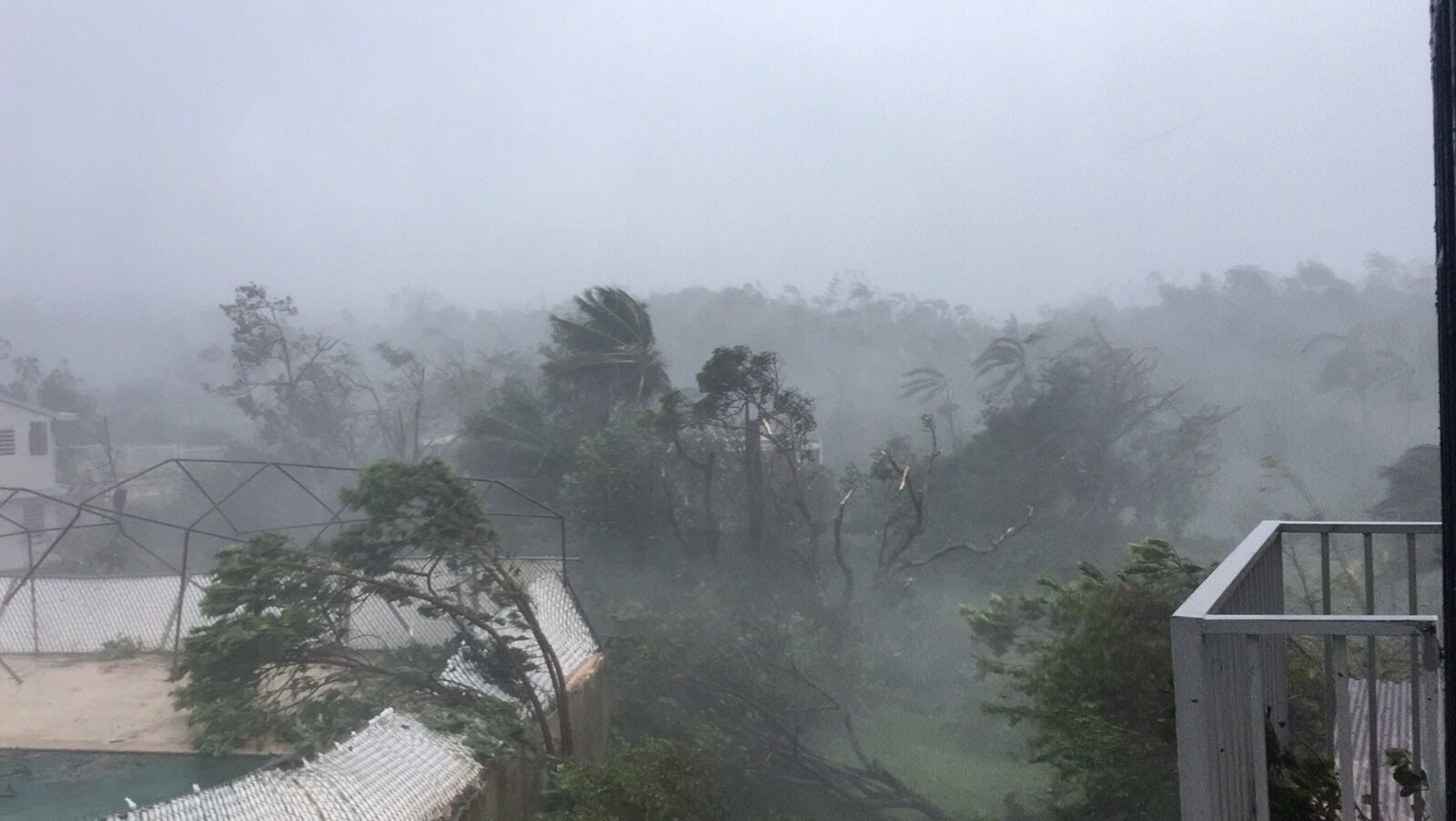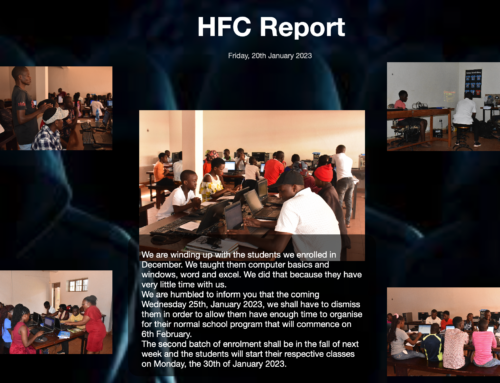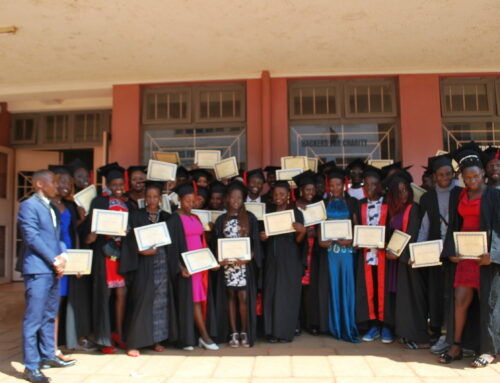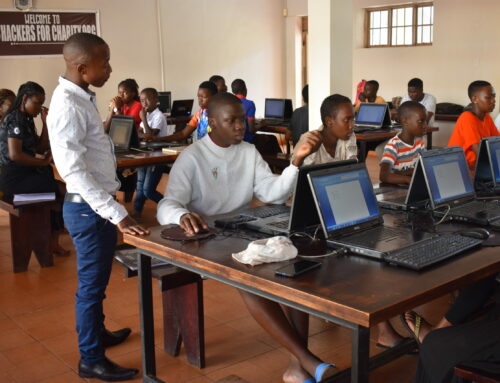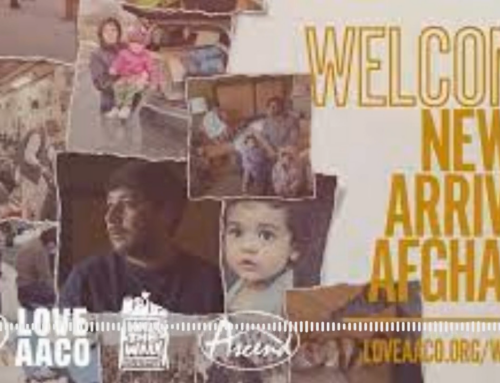As some of you know, this has been a devastating hurricane season for the US and coastal islands.
Although the season technically started in April, with devastating tropical depressions and continued through August with more intense tropical storms and Category 1 and 2 storms Franklin and Gert, most of us tuned in later in August, as Category 4 hurricane Harvey devastated southern Texas and most notably the Houston area. Within days, media attention was diverted to Irma as it quickly intensified into a Category 5 hurricane.
I distinctly remember one reporter saying that Puerto Rico had acted as a “shield” protecting South Florida from “catastrophic damage”.
Media attention was then briefly diverted to Maria, another Category 5 Hurricane, but once it was obvious that it would not affect the coastal US, media attention promptly returned to South Florida.
As this season unfolded, I personally felt helpless. I wanted to do something, but I had no clue what to do. Alan Young connected me with ITDRC (the Information Technology Disaster Resource Center), to its founder and to the FEMA coordination calls. I discovered the ITDRC was a great resource for getting techies like us connected to local (and surprisingly, remote) work to aid in disaster recovery. We planned an on-site to Houston to show that despite the lack of media attention, Houston was a mess and in need of assistance. But as it turned out, members of our community were already deeply involved in the horrors of this hurricane season, but not as volunteers.. as victims.
Our eyes were opened to what had happened “between the lines” of the media coverage of both Irma and Maria.
As it turns out, Irma, the first hurricane, was devastating to Puerto Rico. As my friend, fellow hacker and resident of Puerto Rico Carlos Perez told me, “Irma knocked out 75% of the power in Puerto Rico” before Maria even struck.
After Irma struck, Carlos was scheduled to teach a course to 45 students at Derbycon in Louisville, Kentucky. Knowing that students were already traveling to attend his course, Carlos’ wife, Marely Del Valle, insisted that he fly to Derbycon to teach. At first, Carlos was hesitant to leave his wife and three children (ages ten, three and four months) but she insisted. According to Carlos, she “was solid with her faith that whatever hit, they could handle [it]”. They felt prepared.
Carlos, and his friend and B-Sdies Puerto Rico director Jose Quinones headed out to Kentucky, fairly confident that things couldn’t get much worse. However, once Maria hit, he says, “everything changed”.
He was on the phone with Marely when the eye of Maria passed over Puerto Rico and communications dropped. Carlos was obviously terrified, but he “made the best effort to keep it cool in front of his students” and tried to “focus on delivering the class.”
He was somewhat comforted by the fact that his house was made of cement and rebar and had been “designed to hold”. He described the bars on his windows as being able to “withstand two-hundred mile-per-hour winds.
When communication returned, Carlos discovered that his assumptions were somewhat flawed. “We where lucky,” he said. His family was safe and his home suffered “minor property damage” but his neighbors, whose building standards were identical to his, were not so lucky.
Carlos’ efforts to get an earlier return flight were in vain. The entire island was without power. The airport had taken extensive damage, the airline file supply had been contaminated and the harbor was blocked by countless shipwrecks. Flooding was extensive. Roads and bridges were destroyed.
Marely made the best of it, sheltering neighbors and family, taking care of not only their three children but also Carlos’ parents, his brother’s and sister’s family and had even been looking after her father, whose home was severely damaged by a fallen tree.
The family was safe, but conditions were worsening. Carlos’ youngest children were suffering from minor respiratory problems because of the intense heat and fumes from neighbor’s gas generators. The family had stocked up on drinking water but despite the flooding that ravaged the island, they faced a shortage of water for washing, bathing and clearing toilets.
The photos and video footage can’t accurately capture the devastation: See these Spanish and English-language articles.
According to Carlos, Marely is “soldiering on” but he’s desperate to make his flight home to help her out and work to make a difference in his community.
I learned of the unfolding tragedy in our community from Josh Marpet, a fellow hacker with a superpower for connecting and motivating people. With a keen eye for figuring out who to “spin up to get things done” he quickly moved into action.
As news spread, our community jumped into the fray. What began as simple fundraising has turned into a multi-faceted disaster relief response to help not only Carlos and Jose, but their families and immediate community with an eye on helping local law enforcement as well.
According to Carlos, the primary needs are for alternative power and communication. At this point, this solution consists of UHF/VHF handheld radio equipment to connect families, communities and law enforcement and solar equipment to keep things powered. Having worked with Goal Zero in the past, we turned to them for continued support and were thrilled to again find them a willing partner. They offered us a deep discount on solar equipment and overnight shipping to get this portable gear into Jose and Carlos hands before their flight on September 27. At this point, we have shipped the following to Kentucky:
- 4 Lightweight, folding solar panels (Nomad 28)
- 2 Lighthouse Micro Flash Usb Rechargeable Lanterns
- 3 Sherpa 100 Power Packs with 110v A/C inverters
- 1 Sherpa 50 Power Packs with 110v A/C inverter
- 10 lights including 2 Spot Usb Flashlights, 4 Torch 250 Flashlights and 4 Lighthouse Mini Lanterns
We are also planning a much larger shipment of equipment to Puerto Rico in the coming week and are working on land freight and flight logistics with “friends of the community” (non-hackers) who were in the right place at the right time, saw what we were doing and were motivated to help.
We will also be coordinating efforts to get community members on-site in Puerto Rico. This will be coordinated with the ITDRC. If you’re interested in volunteering either in-person, or remotely, please sign up here. We ask that you list “hackersforcharity.org” in the referral source so that our volunteers can be fast-tracked.
To date, the following individuals and organizations have financially supported our efforts. We are deeply grateful to each and every one of them (listed in no particular order):
- HushCon
- NolaCon
- BsidesDE
- ShmooCon
- Shannon McMurtrey
- Chad Rikansrud
- Lauren Rogers
- Andrew Click
- Afterwits
- Lorenzo Ireland
- Simone Tartaglia
- NoStarch Press
- Forgotten
- Pilgrim
- Anjul
- Spencer
- James Gilsinn
- Lou Arruda
- Jeffrey S Boden
- Alejandra Espinosa
- Marc Séguin
- John Kostuch
- Andrew Orr
- Travis Rhodes
- Dorann Norman
- Charles Pacheco
- Todd Miller
- jean stanford
We will post updates as they happen, most frequently through my twitter account @ihackstuff.

